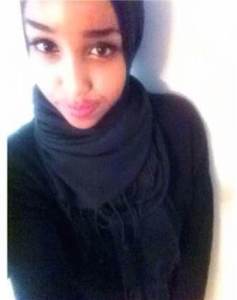
American Eagle Outfitters’ sister-brand, Aerie, boasts its #aerieREAL campaign with taglines like “Love Me, Don’t Retouch Me”, “Time to get real. No supermodels. No retouching.” and “The Real You is Sexy.”
The #aerieREAL campaign began with the line’s Spring 2014 release, and started by featuring young women, Aerie’s target demographic, posing in Aerie’s products without the overly sexualized intensity of a lot of their competitors. This new tactic featured their shopping bags declaring that “The girl with this bag has not been retouched. The real you is sexy. #aerieREAL”, further emphasizing the campaign’s main goal: to empower girls and young women.
AEO also makes a point of engaging with their audience in a variety of ways: they encourage their fans and customers to share their Aerie Real-ness with hashtags on instagram and twitter, for a chance to be featured on the Aerie blog in their favourite Aerie wear. And that little bit of fame is a good feeling — one that can be easily associated with the Brandy Melville method of conducting their market research.
Starting and ending here with beachy looks, we on the #BoycottBrandy team feel the most positively about American Eagle and Aerie brands, because of these philosophies that they have adopted. AEO makes sure that they are a responsible company, declaring their awareness of the impact that fashion has on people — especially young women — and body image through their “AEO Better World” programs. On Aerie specifically: “Our aerie line is tailored to young women, so we take special steps to address their unique needs in creating a balanced, healthy life.” Unlike Brandy Melville, whose philosophy is myopic and exclusionary, in a world that already constantly works to control, exclude, and disempower women, especially young girls.
AEO endorses programs like “Bright Pink“, a non-profit organization focused on breast and ovarian cancer prevention and education, and “HERproject,” an initiative for equality between men and women in global supply chains.
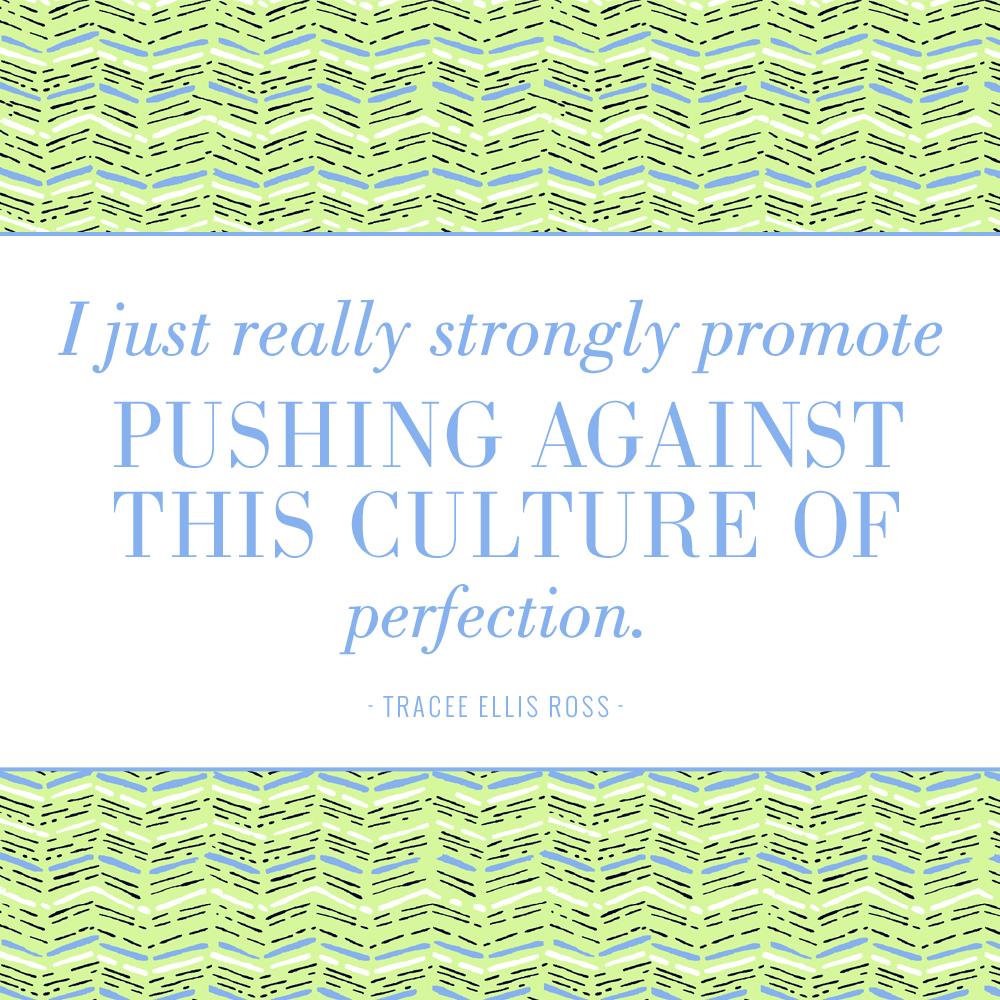
The #aerieREAL twitter feed is full of tweets from fans saying “this was definitely uplifting” and “please do more of these”, because working with girls to help them celebrate their bodies the way that they are is actually empowering and body positive, rather than just pretending to be.
This all being said, #aerieREAL is not without its own problems. While racial diversity is evident in the campaign photos and ads, there is still plenty to be desired in terms of the diversity of body types being presented. The next step for Aerie’s REAL should be to diversify the sizes of their models, and to get over their fear of the word “fat.”
I for one would love to see #aerieREAL take up the mantle of un-demonizing fatness, since they’ve already proven to be willing to take the risk of going against the grain by not retouching their models. To put it in their own words: “It’s time to feature beautiful images that reflect all realities” (my emphasis). I love the engagement that they’ve taken to their audience and want to see more, more, more of it!!!
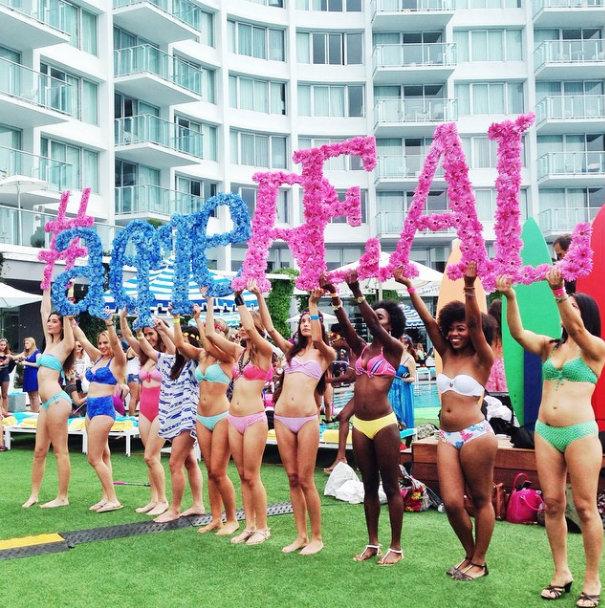
Brandy Melville, as well as other labels, can definitely learn a thing or two from AEO’s progressive model. Besides saving themselves money on graphic designers, who have to put hours into the model retouching, clothing companies can enact change in the way women’s bodies are perceived, and how women perceive their own bodies. If we embrace everyone’s “imperfection” and keep rolling on with this celebration of realness as normal, the world will be a safer, more positive, more uplifting place.
More Links for You, as Always…
Aerie on Twitter and Instagram
xoxo – Kristin





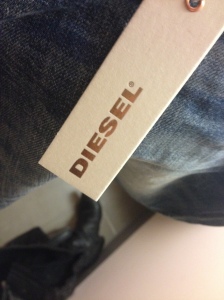
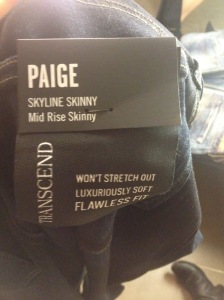
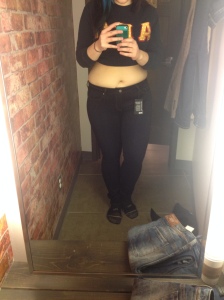
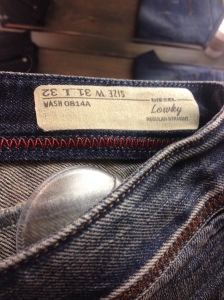
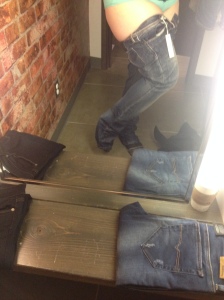
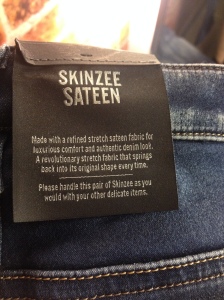
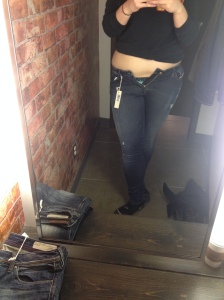
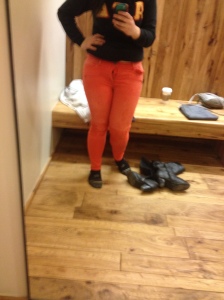
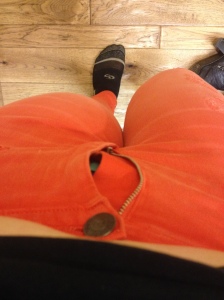

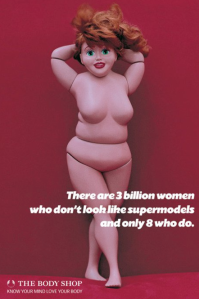 The “Real Women Have Curves” is a flawed attempt at empowerment. All forms of body-shaming across all genders are oppressive. But the women portrayed in the “real women have curves” campaigns are curvy, but their bodies still appear to be perfect. No stretch marks, no cellulite, no bulges anywhere. Which is still not realistic. It makes normal women with cellulite and stretch marks feel bad, because now do they not only not fit into the norm of being skinny, but they don’t belong to the “real women have curves” group either. They just can’t win.
The “Real Women Have Curves” is a flawed attempt at empowerment. All forms of body-shaming across all genders are oppressive. But the women portrayed in the “real women have curves” campaigns are curvy, but their bodies still appear to be perfect. No stretch marks, no cellulite, no bulges anywhere. Which is still not realistic. It makes normal women with cellulite and stretch marks feel bad, because now do they not only not fit into the norm of being skinny, but they don’t belong to the “real women have curves” group either. They just can’t win.